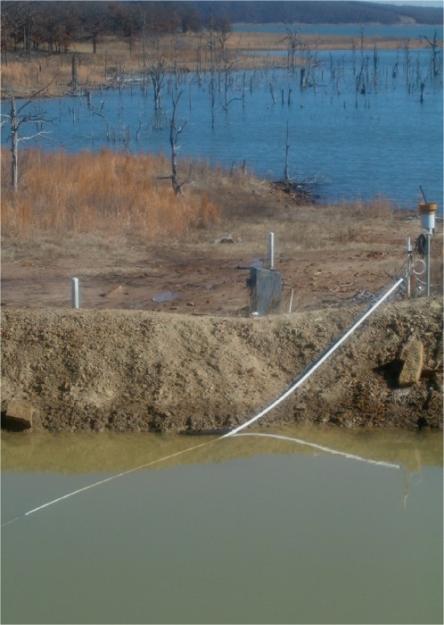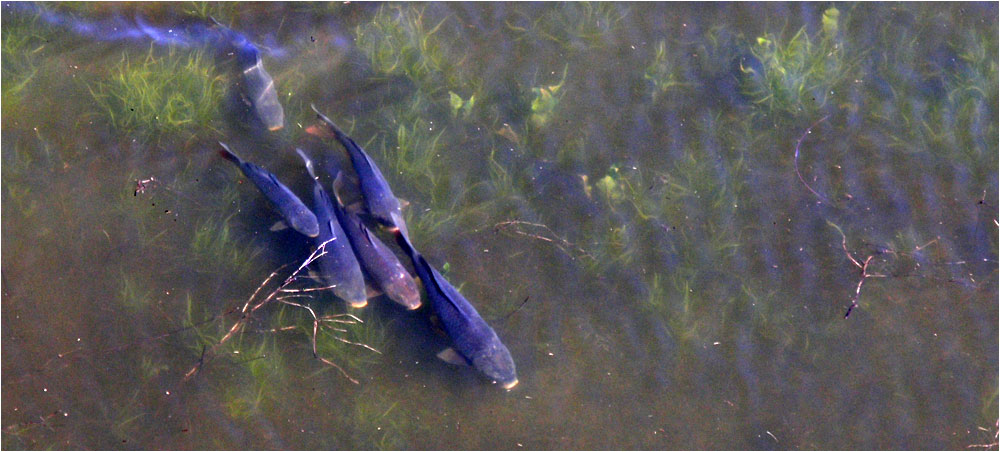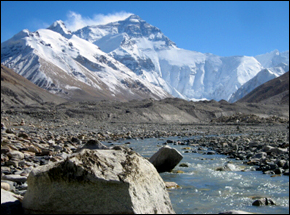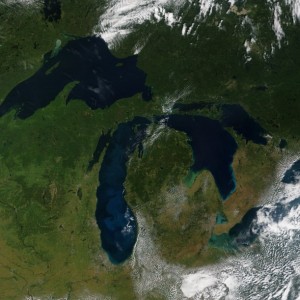Peter Gleick: What the Frack? Poisoning Water for Energy Profits

Here is your word for the day: Fracking or fraccing. [No, fellow Battlestar Galactica fans, this is a different use of the word “frack,” although for some, the sentiment is the same.]
Hydraulic fracturing, or fracking, is a technique that releases natural gas trapped in underground shale formations by injecting water, chemicals, and sand to “frack” the rock structures and release the gas. Often, large quantities of groundwater contaminated by chemicals, radioactive elements, or other minerals are produced in the process. Unless great care is taken, this “produced water” mixed with water used for fracturing can flow to the surface or into groundwater systems and contaminate land, drinking water supplies, and natural waterways.
Water Number: 77 billion barrels of contaminated “produced water” were generated worldwide in 2000 by oil and gas operations. This estimate comes from a 2003 Journal of Petroleum Technology article by Z. Khatib and P. Verbeek. In recent years this volume has increased as more and more gas is produced from marginal fields like the Marcellus Shales in Pennsylvania and the Barnett Shales in Texas and the Hilliard-Baxter-Mancos Shales in Wyoming. This water has begun to cause more and more health and environmental problems.
In 1990 in the United States, unconventional gas produced from shales, coal-bed methane, and similar formations made up about 10% of total U.S. production. Today it is around 40% and increasing rapidly, mostly from gas produced in shale formations. And as unconventional gas volumes grow, so do the volumes of produced water and the problems this produced water causes.
In a scary piece describing serious water contamination problems in Dimock, Pennsylvania, Adam Federman describes a wide range of environmental and human health problems associated with the efforts of a Houston-based energy company, Cabot Oil and Gas, to produce natural gas through extensive hydraulic fracturing of a gas-rich shale formation called the Marcellus Shales. As unconventional gas production has grown, drinking water wells have been contaminated; toxic wastewater, fracking fluids, and diesel fuel have been spilled into local watersheds; residents have been exposed to poisonous chemicals; and one homeowner’s water well actually exploded when natural gas accumulated in it and was ignited.
According to the U.S. Department of Energy, produced water is by far the largest volume of waste — around 98% — associated with oil and gas production. They also note that produced water from gas operations, such as in Dimock, Pennsylvania, is often ten times more toxic than water produced from petroleum production, and can contain high concentrations of salts, acids, benzene, toluene, ethylbenzene, xylene, radioactive materials, and other nasty chemicals. Sometimes, an oil or gas field will produce 20-to-50 times as much water as oil or gas.
There is no doubt that produced water needs to be better regulated, that existing regulations need to be better enforced, and that monitoring of water contamination from fracking and disposal of produced water needs to be expanded. Current regulations are a complicated mix of federal control, state control, and no control. For example, the federal government has exempted produced water from regulation under the hazardous waste requirements of the Resource Conservation and Recovery Act (RCRA). Regulation under other federal and state pollution laws is inconsistently applied and weakly enforced. And for the residents of Dimock, or other towns with major shale gas operations, these fracking failures to protect water quality will lead to more and more impacts on community health and the local environment.
Peter Gleick
Dr. Gleick’s blog posts are provided in cooperation with the SFGate. Previous posts can be found here.










This type of waste must NOT be produced. Not only is their millions of gallons of wastewater that is highly toxic, most of it is left in the ground! Ban natural gas drilling in shale now. Leave it for our children or great grand children. Leave it for future generations. Maybe they will invent away to get it out safely. Without the noise, lights, diesel fumes, truck traffic, air and water pollution.
Thanks for your presentation on FORA.tv with J. Carl Ganter and also your attention to “hydraulic fracturing” in “What the Frack? Poisoning our Water in the Name of Energy Profits”.
Another recent story about Pennsylvania water pollution is in regard to Pittsburgh’s water supply contamination by fracking wastewater in the Monongahela River.
Millions of gallons of water in New York State are next to be sacrificed for natural gas. A few test wells have been drilled near Binghamton.
Please keep the stories coming.
Thanks, Geri Aird, NY
It’s an addition of a pollutant. But is it a water?